RRS James Clark Ross Expedition Newsletter
Newsletter from team aboard RRS James Clark Ross
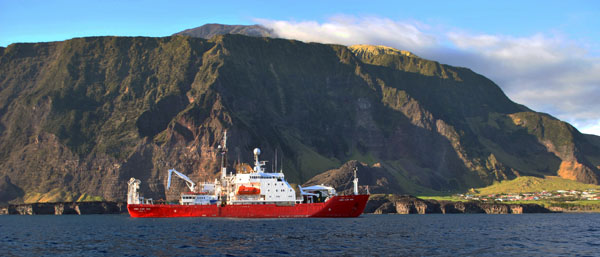
Photo from Tristan Administrator Sean Burns shows RRS James Clark Ross
anchored at Tristan on the final day of the ship's expedition to Tristan waters on 31st March 2018.
RRS James Clark Ross survey in Tristan da Cunha waters 22nd to 31st March
| During the Tristan science workshop held at the London Foreign and Commonwealth Office in July 2017, the ecosystems and fisheries of the seamounts in Tristan waters were identified as a key priority for further scientific work. Scientists from Cefas, BAS, RSPB, SAERI, UKHO and Plymouth University recently visited Tristan seas on the RRS James Clark Ross to address some of these research gaps. This is a brief summary of what we did and why it matters for Tristan. | |
What we did
|
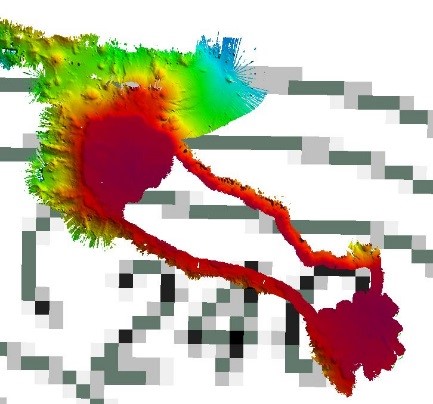 |
|
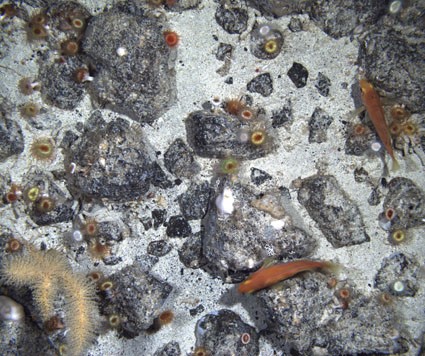 |
|
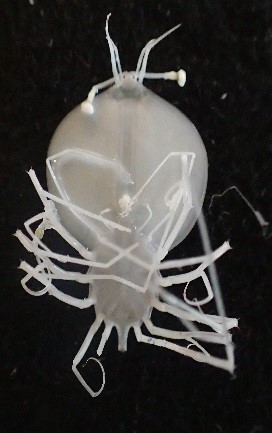 |
|
|
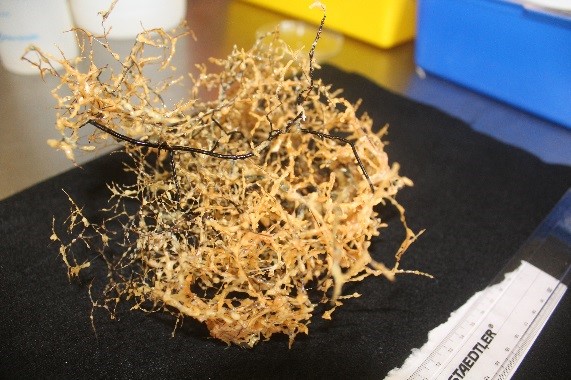 |
|
|
This work, together with the RRS Discovery survey in March 2019, is important to help Tristan make an informed decision about their marine protection strategy in 2020. Cefas and BAS scientists have designed this research in partnership with Tristan Government to improve understanding of the key unknowns about the Tristan marine environment. The work has been funded by the UKOT Blue Belt Programme and by an ODA Grant to BAS. If you have further questions, we will be very happy to answer them. A full cruise report will be available soon after the end of the survey on 13th April. |
|
